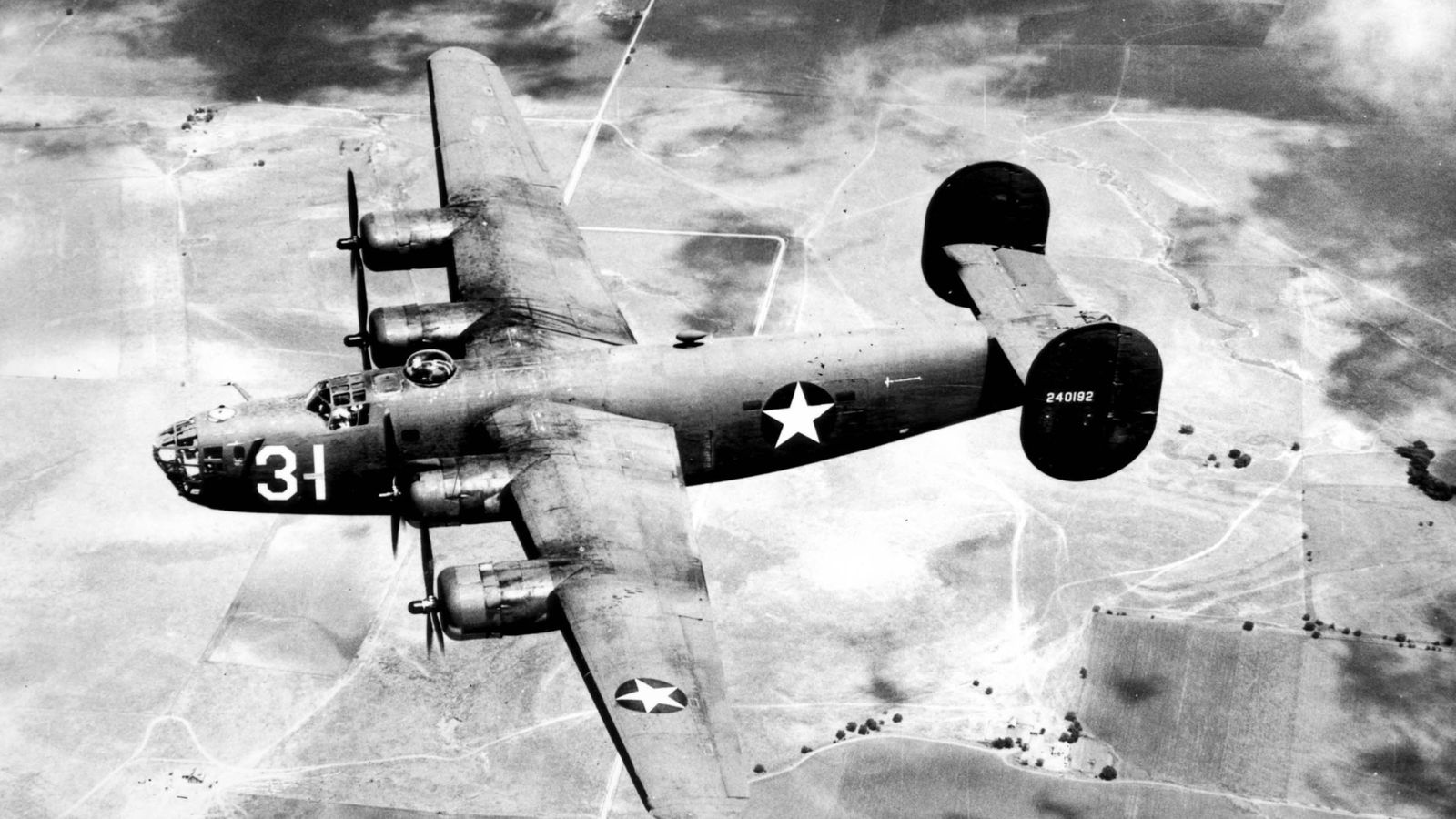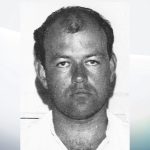A team of US veterans is digging up the site of a crashed Second World War bomber in Sussex – in a bid to find the group’s fallen compatriots.
The veterans want to give the families of the missing servicemen closure, 77 years after they were last seen alive.
The project comes after a B-24 Liberator fell from the sky in 1944, as it attempted to return to base following a bombing run near Paris.
Two weeks after D-Day, the plane had been part of a group of aircraft conducting a bombing raid as the Allies sought to wrest control of northern France from Nazi Germany.
During the mission the craft came under heavy fire, with the crew having to nurse it back across the channel.
Seven people managed to bail out of the plane, but three are believed to have died during an attempted emergency landing, which was witnessed by a young farm boy.
It went down in a farmer’s field near Arundel, West Sussex, as it tried to make its way home to RAF Halesworth where the 489th Bomb Group was stationed at the time.
A team consisting of US veterans from the American Veterans Archaeological Recovery (AVAR) and the University of York are trawling through soil and dirt to see what they can find.
Stephen Humphreys, the chief executive of AVAR, said: “We can’t divulge a lot of specific information about the aircraft but I can tell you that the aircraft did crash in 1944 in a farmer’s field.
“That farmer took a deep interest in both the crash and in the story of those airmen and was a big part of preserving this site within the local community for the last 77 years so that this site would be here for us to come in and do this recovery mission in 2021.
“So our mission is to actually recover the remains of those service members who were lost when this aircraft crashed in 1944, have them identified… and hopefully give closure to some families if we can.”
A memorial to the events which took place 77 years ago sits at the edge of the field, and has been preserved since the incident.
For the length of the four-week project, the team will excavate piles of soil and sift through them to see what they can find.
Mr Humphreys added: “So obviously this is a fairly traumatic crash site but still there will be human material and human remains that survive so that is what we are attempting to recover.
“And personal effects, a number of items that would have been carried by those airmen at the time, those can help us to pinpoint where in the wreckage we might be able to find those remains.
“It’s all about making the details of the excavation as precise as we possibly can so that we can be as precise as we need to be in terms of being able to say where those individual finds came from out of the ground while we’re looking for those airmen.”
The excavation is part of Operation Keeping Faith, a partnership with the US government’s Defense POW/MIA Accounting Agency and AVAR, which gives veterans the chance to work on archaeological sites to gain experience and boost mental wellbeing.






















